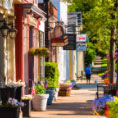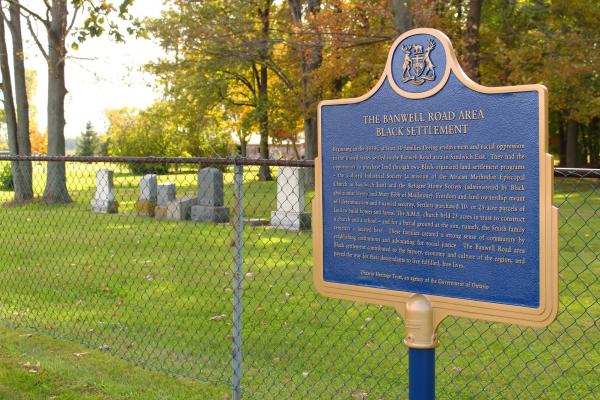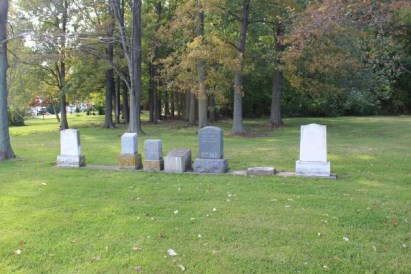Culture and Heritage
Tecumseh's heritage
The Town of Tecumseh is an area rich in heritage. Two historical societies provide residents and visitors with information on Tecumseh's past and a place to display the Town and surrounding area's rich history.
The Ontario Heritage Act, R.S.O. 1990 c.O.18 (Act) provides a framework for helping municipalities conserve properties of significant heritage value or interest. It also enables and encourages citizen participation in heritage conservation locally. Through the Act, the Town of Tecumseh established a Heritage Committee. View the Heritage Committee page for more information on its terms of reference. View our Street Recognition page to learn how the Town of Tecumseh plans on honouring its veterans through the renaming of certain streets and replacing those street signs with a new sign that would have a “poppy” on it and the name of the veteran. Have a look at the Town of Tecumseh archives of its old records, pictures, etc. The Town also has information on its twinned communities.
|
Municipal register of cultural heritage properties |
||
|
The Municipal Register is the official list or record of cultural heritage properties that have been identified as being important to the community. Section 27 of the Ontario Heritage Act requires the Clerk of every local municipality to keep a current, publicly accessible "Municipal Register" of properties of cultural heritage value or interest situated in the municipality. View the Town of Tecumseh's municipal register.
|
||
|
Heritage sites |
||
Banwell Road Area Black Settlement
In the late 1830s, Black families escaping slavery in the United States established the Banwell Road Area Black Settlement. These families settled in the Banwell Road area of Sandwich East, obtaining land from organizations such as The Coloured Industrial Society and the Refugee Home Society. Planned settlements provided a strong support system and close-knit communities for people fleeing enslavement. They owned thriving family farms and were employed in various occupations. Most importantly, the land settlement program gave purchasers security and a chance to control their own destinies through land ownership. These early settlers played an integral role in the development of the Windsor area by attracting newcomers and providing support to those who chose to make Canada their home. The Ontario Heritage Trust's Provincial Plaque Program commemorates significant people, places, and events in Ontario's history. Since 1956, over 1,250 provincial plaques have been unveiled. |
Wise Words from Chief Tecumseh
"So live your life that the fear of death can never enter your heart. Trouble no one about their view, and demand that they respect yours. Love your life, perfect your life, beautify all things in your life. Seek to make your life long and its purpose in the service of your people. Prepare a noble death song for the day when you go over the great divide. Always give a word or a sign of salute when meeting or passing a friend, even a stranger, when in a lonely place. Show respect to all people and grovel to none. When you rise in the morning give thanks for the food and the joy of living. If you see no reason for giving thanks, the fault lies only in yourself. Abuse no one and no thing, for abuse turns the wise ones to fools and robs the spirit of its vision. When it comes for your time to die, be not like those whose hearts are filled with the fear of death, so that when their time comes, they weep and pray for a little more time to live their lives over again in a different way. Sing your death song and die like a hero going home." Chief Tecumseh, Shawnee Nation










